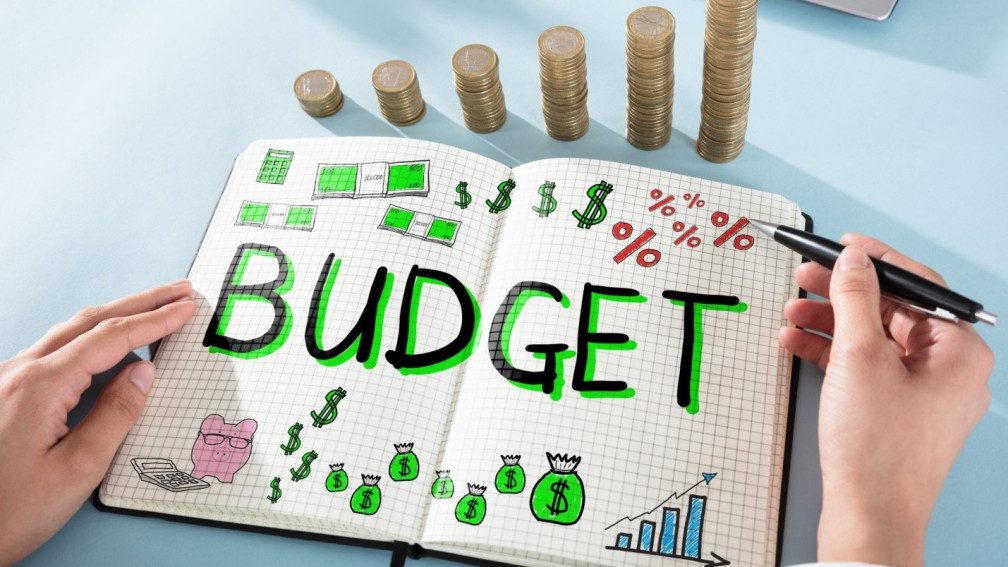5 Tips For Implementing The 3 Step Budgeting Method

How familiar are you with your spending habits? A recent survey indicates that over 60% of people have no clue about their spending from the previous month. Are you a part of this statistic?
Such a lack of awareness can lead to financial mishaps, overburdened credit, and seemingly insurmountable debt. If this rings a bell, don’t worry. Help is at hand. We’ll guide you through the 3 step budgeting method-a simple yet effective approach that can turn your financial life around.
This straightforward method can help you stay out of debt, save money, and put you back in control of your finances. It’s a systematic approach that’s designed to give you a clear understanding of your income, expenses, and saving potential. Whether you’re a seasoned budgeter or a novice, this article is bound to offer value.
1. Define Your Income And Expenses
When you start a budget, your first step is getting a clear understanding of your income and expenses. It’s the foundation of the 3 step budgeting method. With this information at hand, you will know where your money is coming from and where it’s going, providing a comprehensive financial snapshot.
Consider all your sources of income. This isn’t limited to just your primary job. If you have side gigs, passive income, or rental earnings, include them.
All these components form your total income. Then, shift your focus to your expenses. Keep track of all your spending, both big and small. They may include housing costs, utilities, groceries, transportation, and discretionary spending like entertainment or eating out.
Even small, incidental costs can add up and influence your overall financial health. This is also the time to factor in any debt repayments.
A crucial step in defining your income and expenses is to be realistic and accurate. It’s easy to underestimate expenses or overestimate income. Maintain honesty with yourself to ensure a budget that truly reflects your financial reality.
2. Prioritize And Categorize
With a clear view of your income and expenses, you’re ready to move to the next phase: prioritize and categorize. It’s an integral part of how you plan a budget. Remember, not all expenses weigh the same.
Understanding the difference helps you build a more effective budget.
Start by categorizing your expenses into two main groups: ‘needs’ and ‘wants’. ‘Needs’ are the must-haves, the non-negotiables. They include things like rent or mortgage payments, utilities, groceries, and transportation – the essential costs of living.
On the other hand, ‘wants’ are discretionary expenses, things you like having but can live without if necessary. These might include dinners at fancy restaurants, vacations, or a new gadget.
After you’ve sorted your expenses into these categories, prioritize them. Prioritization doesn’t mean all ‘want’ get the ax. Instead, it’s about assigning a level of importance to each expense, both within and across categories.
It gives you a sense of where adjustments are feasible should the need arise.
The goal of prioritizing isn’t to deprive you of things you enjoy. Instead, it’s about achieving a balance that allows you to take care of necessities, enjoy your wants in moderation, and save for a secure future. By prioritizing and categorizing, you transform your budget from a restrictive chore into a practical, powerful tool for financial control.
3. Regular Review And Adjustment
As you grow familiar with budgeting methods, you’ll realize that your budget is not a set-it-and-forget-it tool. It’s a living, breathing document that requires regular check-ins and adjustments.
Life is full of financial surprises. Maybe you get a raise, or perhaps an unexpected expense shows up. Both scenarios call for a budget adjustment.
A regular review allows you to align your budget with your current financial situation and goals. It’s also a great way to track your progress and keep yourself accountable.
Ideally, aim for a monthly review. It’s a good balance between being on top of your budget and not getting overwhelmed.
This review should look at how closely your actual spending matched your budget. You may need to adjust your future budgets based on this review.
4. Involve Tax Settlement Companies In Your Budget Planning
Let’s talk more about tax settlement companies. They can be useful allies in your budgeting journey, especially if you’re dealing with tax debt. These companies work to negotiate a settlement with the tax authorities on your behalf.
Incorporating a line item for a tax settlement company in your budget might be necessary if you owe taxes. Their fees can be substantial, so it’s crucial to plan for this cost.
The key here is to be proactive. If you owe taxes, address the issue as soon as possible. Involving a tax settlement company can help you negotiate a more manageable payment plan.
This plan will, in turn, help prevent unexpected financial shocks that could throw your budget off course.
5. Seek Professional Financial Advice
Finally, don’t hesitate to seek professional financial advice. There’s no shame in asking for help, especially when it comes to something as critical as your financial health.
Financial advisors can provide valuable insights based on their expertise and experience. They can help you create a customized budget that fits your lifestyle and goals. They can also suggest changes to your spending habits and savings strategies.
Remember, everyone’s financial situation is unique. What works for someone else may not work for you. A financial advisor can provide tailored advice that aligns with your specific circumstances.
Getting professional financial advice might seem like a big step, especially if you’re just starting with budgeting. However, consider it an investment in your financial future. The insights and guidance you receive can set you on a path toward financial security and peace of mind.
Time To Try the 3-Step Budgeting Method
Budgeting doesn’t have to be a daunting task. In fact, with the 3 step budgeting method, it can become a seamless part of your financial life. Remember, the primary goal is to take control of your finances, avoid debt, and ensure future financial stability.
And with the tips outlined in this article, that goal is well within your reach. Ready to take it a step further? Explore more enlightening financial advice in our Finance section.
Read Also:
- The Significance of Hiring a Financial Planner
- The 50 30 20 Rule: How to Budget Your Income Like a Pro
- 5 Ways To Find Discretionary Cash On A Tight Budget

























Leave A Reply